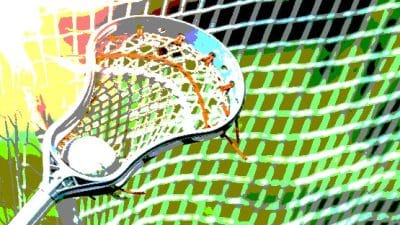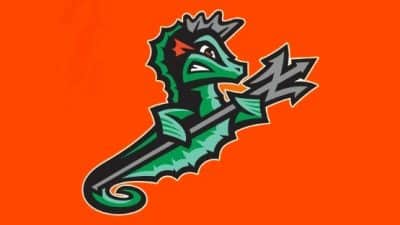
“We are pleased to announce that the citizens of Waynesboro have joined forces and raised over $25,000 from 46 partners to match the City’s contribution of $25,000 to fund the next step in the proposed interpretive center in Waynesboro”, stated Mayor Bruce Allen. “This commitment from the City Council, Economic Development Authority, and citizens demonstrates the desire of the City of Waynesboro to be the home of this interpretive center. The partnership between the City, our Downtown Development organization (WDDI) and the Virginia Museum of Natural History has been fantastic and we are looking forward to continuing that partnership for many years.”
With its main facility located in Martinsville, the Virginia Museum of Natural History serves as the Commonwealth’s natural history museum with diverse programs in research, collections, education and exhibits. The museum conducts outreach and distance learning programs for statewide audiences, while also maintaining a traveling exhibits program that brings museum collections to statewide and regional audiences.
“As the state’s museum of natural history, we serve the entire Commonwealth through our scientific research, education and exhibits programs,” Dr. Joe B. Keiper, executive director of the Virginia Museum of Natural History said. “With the establishment of a branch interpretive facility in Waynesboro, we have the opportunity to reach thousands of new visitors each year, including area residents and travelers to the Shenandoah National Park.”
Aspiring to reach a wider audience throughout Virginia, the museum and the City of Waynesboro partnered with Chmura Economics in 2013 to commission a feasibility study that confirmed the viability and financial sustainability of a branch facility in Waynesboro.
The study, published in April 2013, indicated that a museum facility in Waynesboro would be successful and serve a core service area of 11 cities and counties with a combined population of 450,000 including 63,000 K- 12 students plus the 300,000 visitors to the Shenandoah National Park who utilize the south entrance near Waynesboro.
A new 21,850 square foot facility (this size facility was used as an example – actual proposed size and a new or reutilized facility will be better defined in the master plan) would cost $7.4 million to construct providing 108 construction jobs; ten jobs would be created for the annual operation of the museum; annual visitor spending would be $1.8 million and create 20 indirect jobs, provide local tax revenue of $23,608 and state tax revenue of $49,576, and provide net revenue to the VMNH of $84,628 per year.
Based on the recommendations of the Chmura study, the museum’s Board of Trustees voted to move forward with the development of a master plan to provide further insight into what an interpretive facility should include. The board also noted that funds used to pay for the master plan should be raised in the Waynesboro region.
“We partnered with the leaders and citizens of Waynesboro to raise $25,000 in private donations within a relatively short time-frame,” said Keiper. “Citizens and companies in Waynesboro demonstrated their enthusiasm and support for this project, and with the City of Waynesboro’s $25,000 in matching funds, we are now poised to move forward with the development of a facility master plan.”
A committee represented by museum staff, trustees, the City of Waynesboro and the wddi Center for Coldwaters Restoration committee selected Quatrefoil, a Maryland-based design firm, to conduct the master plan.
“We are very pleased to be partnering with Quatrefoil, a top-notch design firm with significant national and international experience,” Keiper said. “We are especially excited about the opportunity to work directly with Waynesboro citizens, families and educators to generate content for the proposed interpretive center.”
Museum leaders will begin working with Quatrefoil in August and will host a series of meetings throughout fall 2014 to receive broad input from the Waynesboro region. The results of the master plan will be unveiled in early 2015, with the plan to include story boards, scripts, a visual preliminary walk-through of the visitor experience, and information about site selection.
“This is wonderful news for the City of Waynesboro,” said Delegate Dickie Bell. “Through their financial support, the community has shown their enthusiasm for this project. The completion of this interpretative facility, combined with other ongoing projects in the City of Waynesboro, has the potential to draw thousands of visitors into Downtown Waynesboro. This influx of tourists could spur additional economic and business development. I am so pleased to hear that we are moving forward with the development of a master plan for this project, and I stand ready to assist in any way that I can.”
For more information about this project and a list of individual and corporate supporters, please visit www.vmnh.net/waynesboro.










